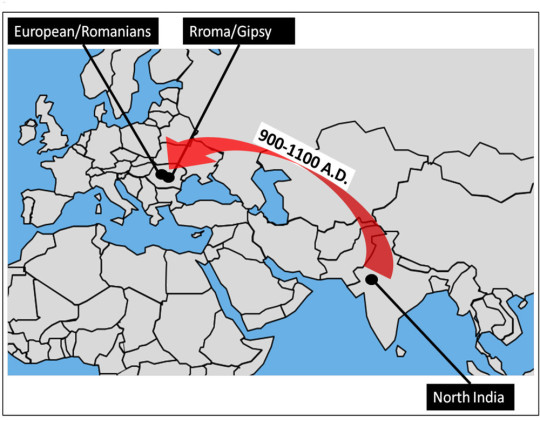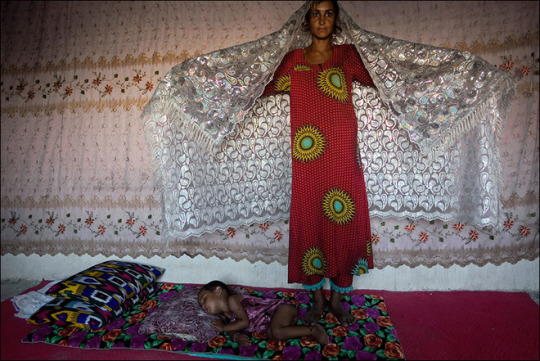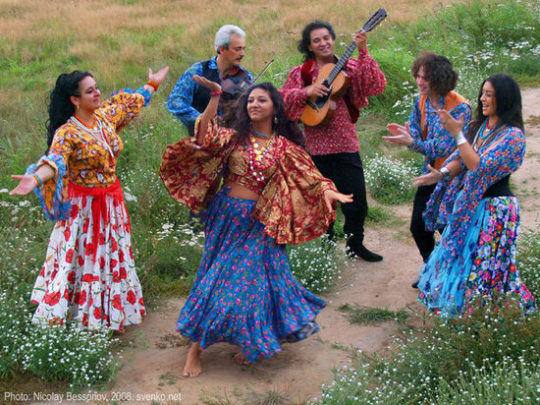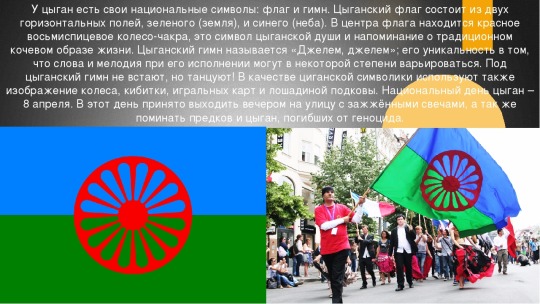#are an indo-aryan group so i feel like the fact hes also described as indian fairly often like
Explore tagged Tumblr posts
Text
this is who i would have casted as heathcliff btw

im right thank u
"while under the influence of Wuthering Heights" that's really a real phenomena huh like that's a real thing that just happens to you after you read wuthering heights
#fab talks#fabtalks#the level of frustration i am feeling at the adaptation is...Immense#the way heathcliffs constantly stated not to be white and its incredibly relevant to plot and theme#and Yet#And Yet!!!!#anyway im leaning into the descriptions of indian heathcliff#i think emily perhaps maybe was intending for a more romani heathcliff but also romani people like#are an indo-aryan group so i feel like the fact hes also described as indian fairly often like#i mean i feel like its a toss up between the two#all i know is hes likely not chinese spanish or american as also suggested in the book lmao#given how often hes refered to as indian or romani comparatively#this whole thing reminds me of the booker dewitt sitcuation#except emilys dead and cant tweet about it
24 notes
·
View notes
Photo





Myths and facts about Roma community. Because of their nomadic lifestyle and differences in language and culture, Roma and their more settled neighbours have held each other in distrust. The popular image of Roma as tramps and thieves unfit for work contributed to their widespread persecution. This belief is often cited as the etymological source of the term gyp, meaning to "cheat", as in "I got gypped by a con man." There are still tensions between Roma and the majority population around them. Common complaints are that Roma steal and live off social welfare and residents often reject Romani encampments. This has led to Roma being described as "perhaps the most hated minority in Europe." In Eastern Europe, Roma often live in depressed squatter communities with very high unemployment, while only some are fully integrated in the society. However, in some cases—notably the Kalderash clan in Romania, who work as traditional coppersmiths—they have prospered. Although some Roma still embrace a nomadic lifestyle, most migration is actually forced, as most communities do not accept Romani settlements. However, each year in May approximately 10,000 to 15,000 Romani people go on a pilgrimage to Les-Saintes-Marie-de-la-Mer in Southern France. Roma arrive in caravans for celebrations, weddings and religious ceremonies.Many countries that were formerly part of the Eastern bloc and former Yugoslavia have substantial populations of Roma. The level of integration of Roma into society remains limited. In these countries, they usually remain on the margins of society, living in isolated, ghetto-like settlements (see Chánov). Only a small fraction of Romani children graduate from secondary schools, though numerous official efforts have been made, past and present, to compel their attendance. Roma frequently feel rejected by the state and the main population, creating another obstacle to their integration. They may have emerged from the modern Indian state of Rajasthan, migrating to the northwest (the Punjab region, Sindh and Baluchistan of the Indian subcontinent) around 250 BC. Their subsequent westward migration, possibly in waves, is now believed to have occurred beginning in about CE 500. It has also been suggested that emigration from India may have taken place in the context of the raids by Mahmud of Ghazni. As these soldiers were defeated, they were moved west with their families into the Byzantine Empire.[169] The author Ralph Lilley Turner theorised a central Indian origin of Romani followed by a migration to Northwest India as it shares a number of ancient isoglosses with Central Indo-Aryan languages in relation to realization of some sounds of Old Indo-Aryan. The traditional Romanies place a high value on the extended family. Virginity is essential in unmarried women. Both men and women often marry young; there has been controversy in several countries over the Romani practise of child marriage. Romani law establishes that the man's family must pay a bride price to the bride's parents, but only traditional families still follow it.Once married, the woman joins the husband's family, where her main job is to tend to her husband's and her children's needs and take care of her in-laws. The power structure in the traditional Romani household has at its top the oldest man or grandfather, and men, in general, have more authority than women. Women gain respect and power as they get older. Young wives begin gaining authority once they have children.Romani social behavior is strictly regulated by Indian social customs ("marime" or "marhime"), still respected by most Roma (and by most older generations of Sinti). This regulation affects many aspects of life and is applied to actions, people and things: parts of the human body are considered impure: the genital organs (because they produce emissions) and the rest of the lower body. Clothes for the lower body, as well as the clothes of menstruating women, are washed separately. Items used for eating are also washed in a different place. Childbirth is considered impure and must occur outside the dwelling place. The mother is deemed to be impure for forty days after giving birth.Death is considered impure, and affects the whole family of the dead, who remain impure for a period of time. In contrast to the practice of cremating the dead, Romani dead must be buried. Cremation and burial are both known from the time of the Rigveda, and both are widely practiced in Hinduism today (although the tendency is for Hindus to practice cremation, while some communities in South India tend to bury their dead).[196] Animals that are considered to be having unclean habits are not eaten by the community.
According to a legend reported in the Persian epic poem, the Shahnameh, from Iran and repeated by several modern authors, the Sasanian king Bahrām V Gōr learned towards the end of his reign (421–439) that the poor could not afford to enjoy music, and he asked the king of India to send him ten thousand luris, lute-playing experts. When the luris arrived, Bahrām gave each one an ox, a donkey, and a donkey-load of wheat so that they could live on agriculture and play music for free for the poor. But the luris ate the oxen and the wheat and came back a year later with their cheeks hollowed with hunger. The king, angered with their having wasted what he had given them, ordered them to pack up their bags and go wandering around the world on their donkeys. Romani Code, or Romano Zakono, is the most important part of Romanipen. It is a set of rules for Romani life.Though Romani ethnic groups have different sets of rules, some rules are common for all. Those rules are considered to be the Romani Code, and rules that differ are called "customs". Oral Romani cultures are most likely to adhere to the Romani code, these communities are geographically spread.[20] There are proverbs about the Romani Code and customs, such as:There exist as many customs as there are Romani groups. (Kitsyk Roma, dakitsyk obychaye in Ruska Roma's dialect) There are many Romani groups, but only one Law. (Romen isy but, a Zakono yekh in Ruska Roma's and Kaldarash dialects) Rules of Romani Code describe relationships inside the Romani community and set limits for customs, behavior and other aspects of life.The Romani Code is not written; the Romani people keep it alive in oral tradition.The kris is a traditional institution for upholding and enforcing the Romani Code.The code can be summarised in pillars; the main pillar representing the polar ideas of baxt (pronounced "baht") meaning honour and ladž (pronounced "Ladge") meaning shame. Linking to the article above in reference to "purity" they can also represent the idea of being "pure" or "clean" and "impure" and "unclean" It is honourable, in Romani culture, to celebrate baxt by being generous and displaying your success to the public. The focus on generosity means sharing food is of great importance to some groups of Roma. Making lavish meals to share with other Romani visitors is commonplace and in some cases not having food to share is considered shameful.
Sources: Wikipedia. 2021. Romani society and culture. [ONLINE] Available at: https://en.wikipedia.org/wiki/Romani_society_and_culture. [Accessed 9 March 2021]. Balkanproject. 2021. Who we were, who we are. [ONLINE] Available at: http://www.balkanproject.org/. [Accessed 9 March 2021]. Arzamas. 2021. Truth and myths about cigans. [ONLINE] Available at: https://arzamas.academy/courses/4. [Accessed 9 March 2021].
3 notes
·
View notes